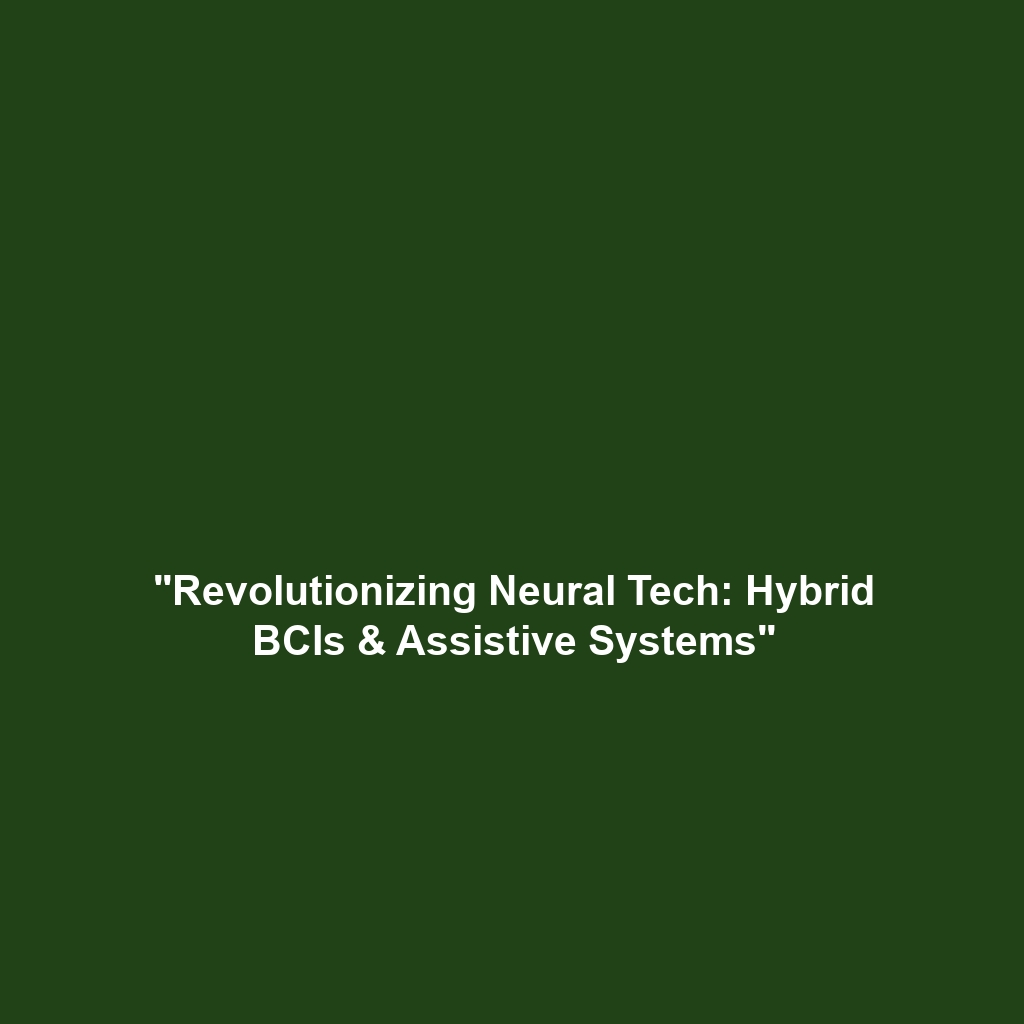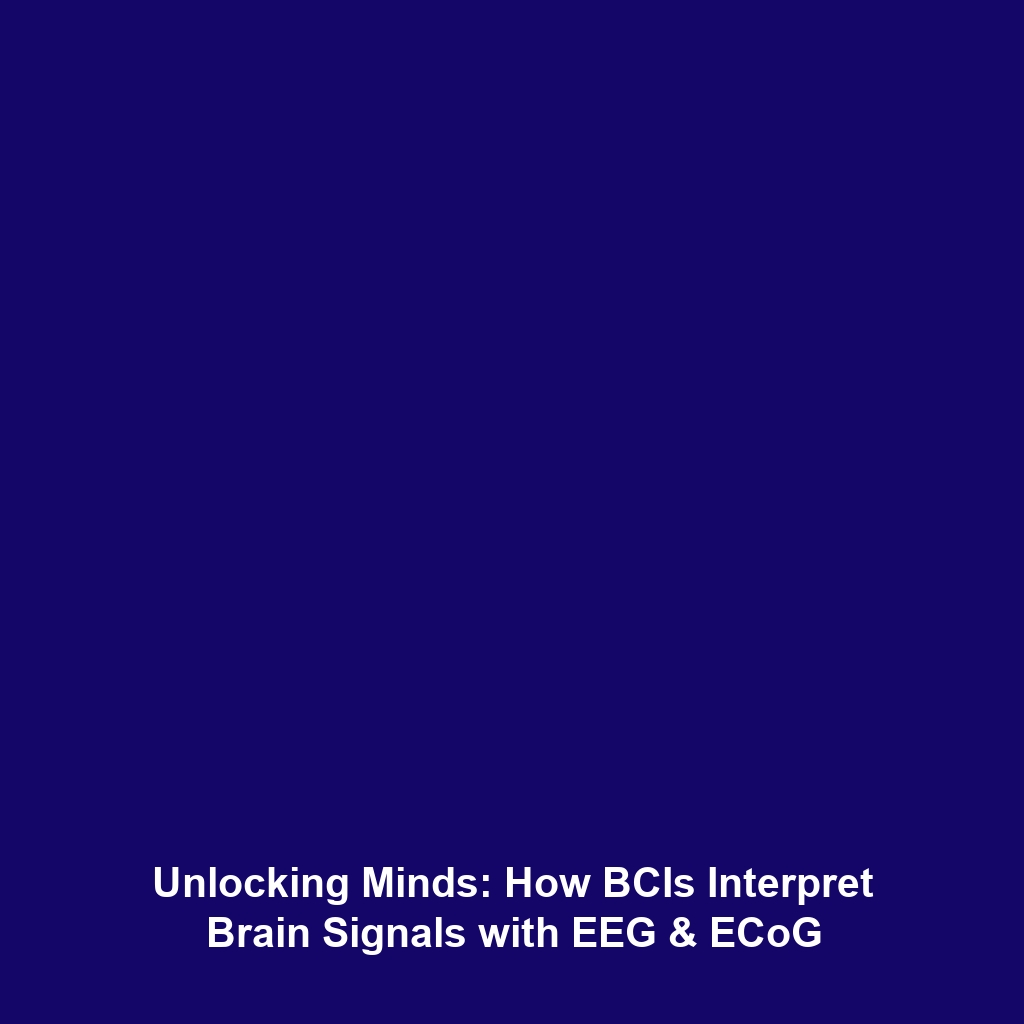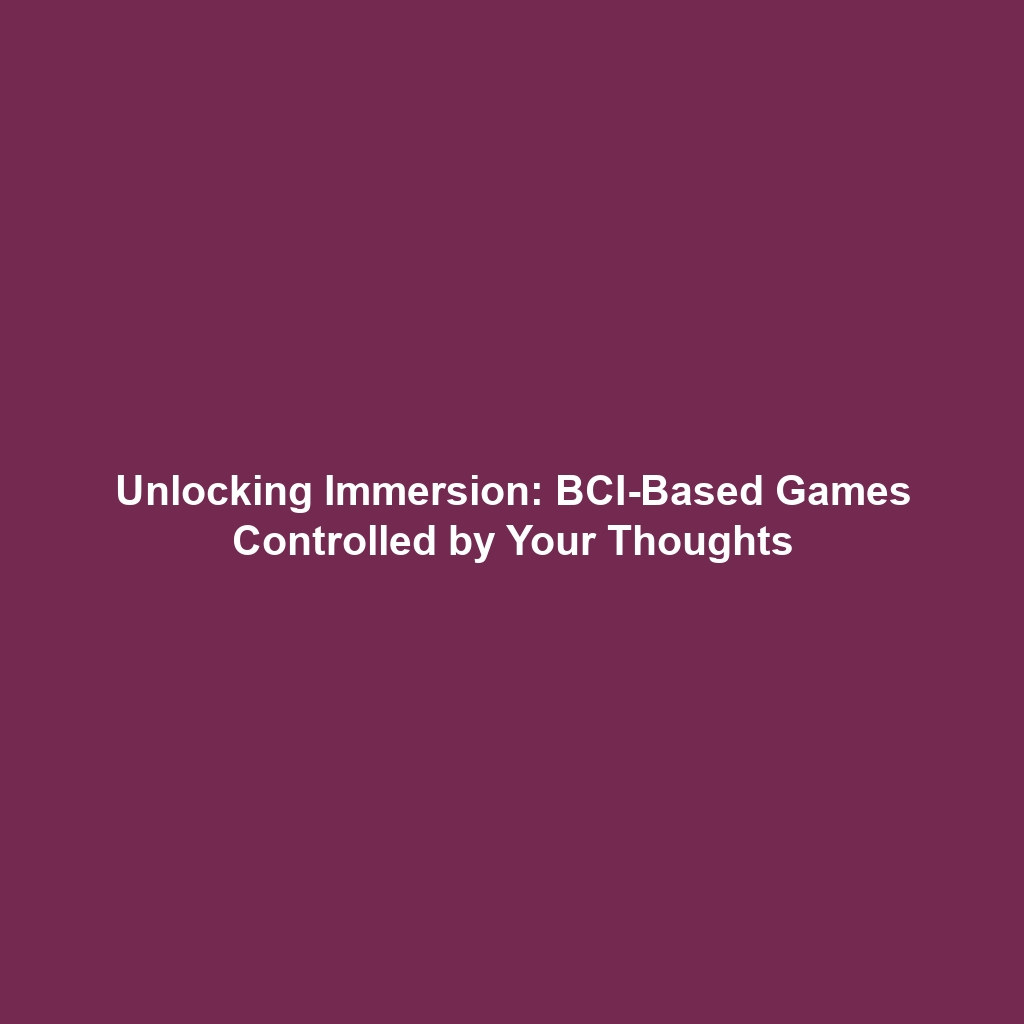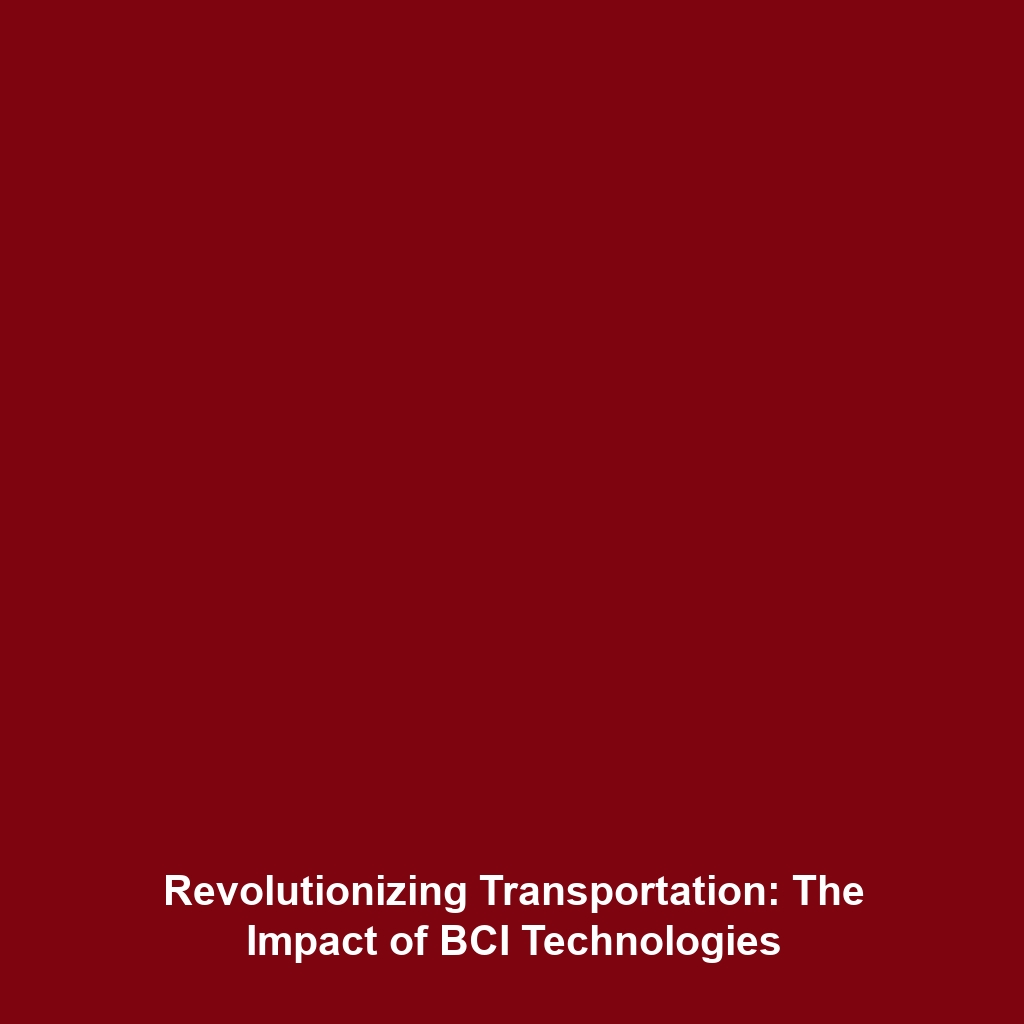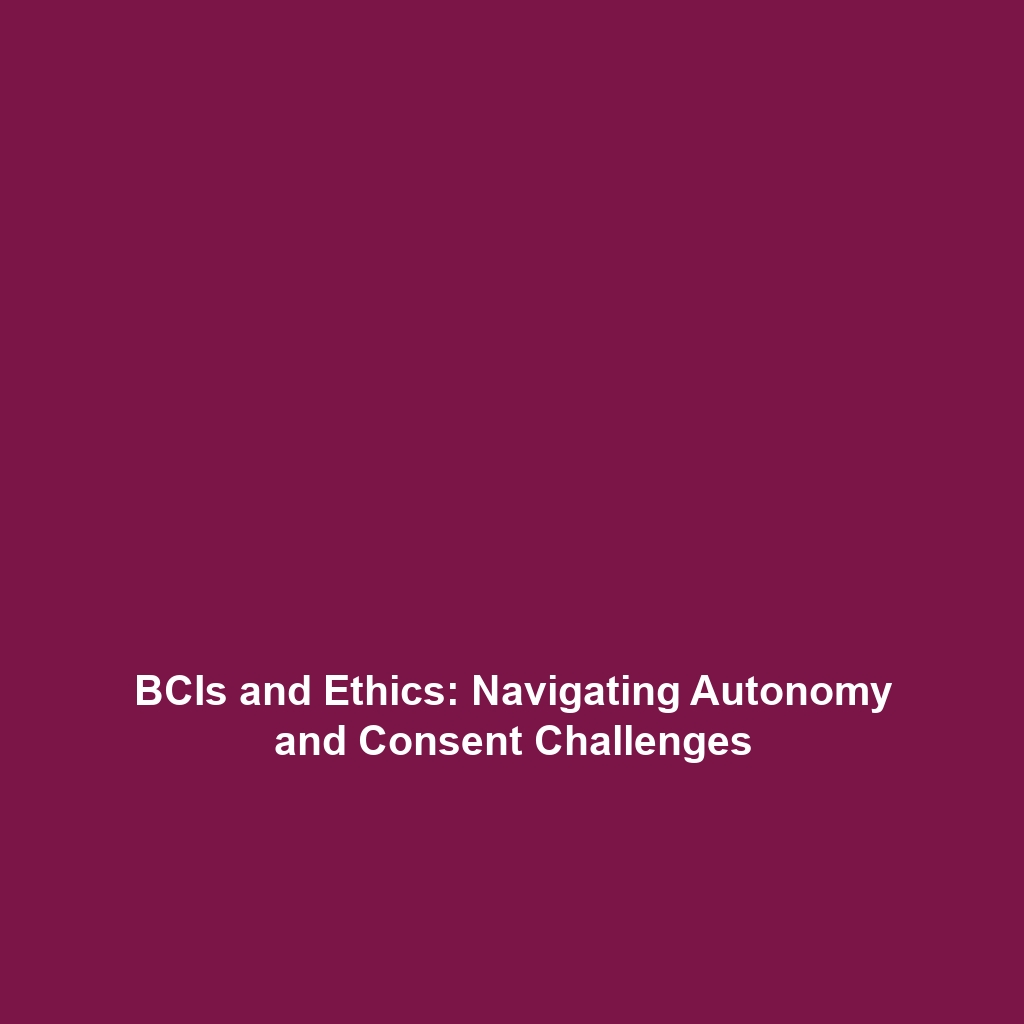Challenges in Non-Invasive Brain-Computer Interfaces
Introduction
Brain-Computer Interfaces (BCIs) are rapidly emerging technologies that bridge the gap between human cognition and machine operation. However, non-invasive BCIs face significant challenges, primarily due to their lower resolution and signal accuracy compared to invasive systems. Despite these limitations, non-invasive BCIs are considered safer and more accessible, making them a vital area of research and development. Understanding these challenges is essential for advancing BCI technology and expanding its potential applications in fields like rehabilitation, gaming, and neuroprosthetics.
Key Concepts
The challenges associated with non-invasive BCIs can be understood through several key concepts:
1. Signal Acquisition
Non-invasive BCIs typically utilize electroencephalography (EEG) to acquire brain signals. This technique, while safe, often results in poorer signal quality compared to methods like intracranial recording.
2. Resolution and Accuracy
Non-invasive BCIs have lower spatial resolution, meaning they can be less precise in detecting specific brain activity. This challenge can hinder the effectiveness of applications that require accurate interpretation of brain signals.
3. User Variability
Individual differences in brain anatomy and function can lead to variability in how BCIs perform for different users, complicating efforts to create standardized systems.
Applications and Real-World Uses
Despite their challenges, non-invasive BCIs have numerous practical applications, including:
- Neurorehabilitation: Helping stroke patients regain mobility through brain-controlled prosthetics.
- Gaming: Enhancing user interaction in video games through brain signal feedback.
- Communication aids: Assisting individuals with severe disabilities to communicate using brain signals.
Understanding how these challenges can be mitigated opens up various avenues for innovation in the BCI field.
Current Challenges
The study and application of non-invasive BCIs face several notable challenges:
- Limited signal-to-noise ratio, making it difficult to detect precise brain signals.
- Technological constraints in real-time processing capabilities.
- Lack of standardized protocols for user training and BCI implementation.
Future Research and Innovations
Looking ahead, researchers are focused on several promising areas to enhance non-invasive BCIs, including:
- Developing advanced algorithms for better signal processing.
- Incorporating machine learning to adapt to individual user patterns.
- Integrating wearable technology for improved user experience.
These innovations have the potential to significantly enhance the accuracy and usability of non-invasive BCIs in various applications.
Conclusion
In summary, while non-invasive BCIs face challenges such as lower resolution and accuracy compared to invasive systems, their safety and accessibility make them a crucial area of study. Addressing these challenges through ongoing research and innovation is essential for unlocking the full potential of Brain-Computer Interfaces. To stay informed on the latest developments in this field, consider exploring related topics such as neuroprosthetics and advancements in EEG technology.
